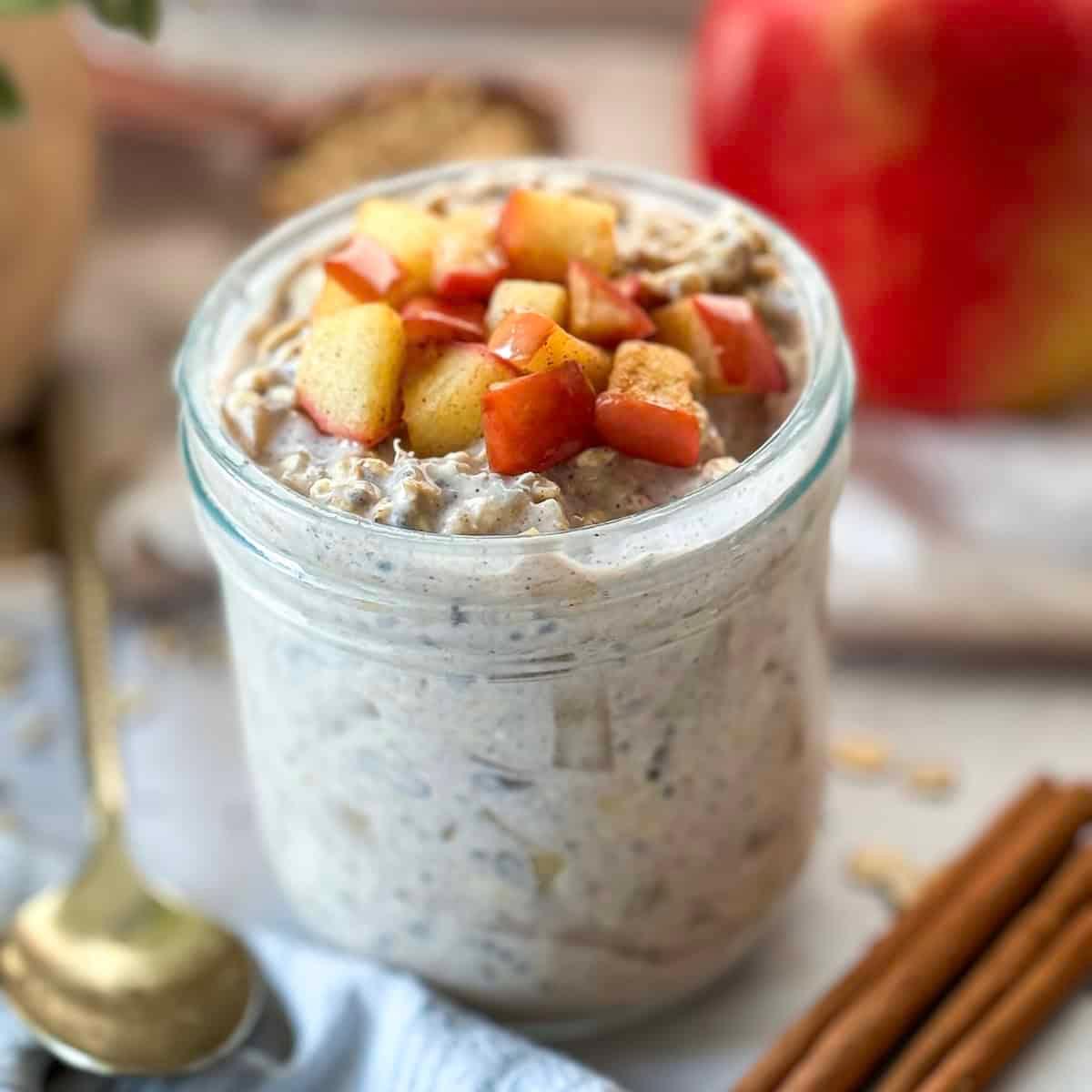⭐Must-Have Products I Use & Recommend!⭐
Personal Note
I personally use and love these products in my kitchen. I only recommend what I trust!
I personally use and love these products in my kitchen. I only recommend what I trust!
Disclosure: This post contains affiliate links. If you click and make a purchase, I may earn a small commission at no extra cost to you.
Growing up, tamarind balls were the after-school snack. My grandma, or 'Nani' as we called her, would always have a stash ready. Her recipe, passed down through generations, was a closely guarded secret... until now! I've spent years trying to perfect it, and while it's not exactly Nani's (hers had that extra touch of magic, y'know?), it's pretty darn close. I’m so excited to share my version, because it has the flavor I remember growing up.
These little balls of goodness are more than just candy. They're a journey for your taste buds, a rollercoaster of sweet, sour, and sometimes spicy. The natural tanginess of the tamarind is perfectly balanced with sugar, and the addition of spices like ginger and chili (optional, of course!) adds another layer of complexity. Perfect for parties, snacking, or gifting, they are a definite crowd-pleaser.
Don't let the exotic ingredient fool you; making tamarind balls is surprisingly straightforward. If i can do it, so can you! Plus, it's a fantastic way to introduce yourself (and others) to the wonders of tamarind, a fruit that deserves way more recognition. So, are you ready to unlock the secret and create your own batch of sweet and tangy memories?
Required Equipments
- Saucepan
- Mixing Bowl
- Fine-Mesh Sieve
- Spoon
- Measuring Cups and Spoons
- Parchment Paper
Tamarind Balls: A Sweet and Tangy Treat from My Childhood: Frequently Asked Questions
Tamarind Balls: A Sweet and Tangy Treat from My Childhood
Dive into the delightful world of tamarind balls! This recipe recreates a beloved sweet and tangy treat, perfect for satisfying your cravings with a burst of unique flavor. It's easier than you think!
⏳ Yield & Time
Yield: 12 servings
Preparation Time: 15 minutes
Cook Time: 15 minutes
Total Time:
🍽 Ingredients
📖 Instructions
- Prep the Tamarind Pulp: Start with your block of tamarind pulp. It's usually quite dense and fibrous. Place it in a bowl and add about 1/2 cup of warm water. Let it soak for about 20-30 minutes. This will soften the pulp, making it easier to work with. Trust me, this step makes all the difference!
- Extract the Pulp: Once the tamarind has softened, use your hands (or a sturdy spoon) to break it apart and separate the seeds and fibers from the pulp. This is a bit messy, but it's part of the fun! Discard the seeds and as much of the fiber as you can manage. A little fiber is okay, but too much will make the tamarind balls unpleasantly stringy.
- Strain the Pulp: To get rid of any remaining seeds and fibers, pass the tamarind pulp through a fine-mesh sieve. Use a spoon to press the pulp against the sieve, extracting all the goodness. You should be left with a smooth, concentrated tamarind paste. I sometimes skip this step to keep a little texture, but for a truly smooth result, straining is key.
- Cook the Tamarind Paste: In a medium saucepan, combine the tamarind paste with the sugar. The ratio depends on your preference (and the tartness of your tamarind), but I usually start with a 1:1 ratio. Add the ground ginger (if using) and chili powder (if using). Cook over medium heat, stirring constantly, until the sugar is completely dissolved and the mixture starts to thicken. This usually takes about 10-15 minutes. Be patient and keep stirring to prevent the mixture from sticking to the bottom of the pan.
- Check for Doneness: The tamarind mixture is ready when it's thick enough to hold its shape. A good test is to drop a small spoonful into a bowl of cold water. If it forms a soft ball, it's ready! If it disperses in the water, continue cooking for a few more minutes.
- Cool the Mixture: Remove the saucepan from the heat and let the tamarind mixture cool slightly. It should be cool enough to handle without burning yourself, but still pliable. Letting it cool completley makes it hard to mould into shapes.
- Shape the Tamarind Balls: Now comes the fun part! Lightly grease your hands with a little oil (coconut oil works great) to prevent the tamarind mixture from sticking. Take a small amount of the mixture and roll it into a ball, about 1 inch in diameter. Place the finished balls on a parchment-lined baking sheet or plate.
- Coat (Optional): If you like, you can coat the tamarind balls in granulated sugar. This adds a bit of extra sweetness and a nice texture. Simply roll each ball in the sugar until it's evenly coated.
- Let Them Set: Allow the tamarind balls to set at room temperature for at least an hour. This will allow them to firm up and become less sticky. If it's a hot day, you can refrigerate them for faster setting.
- Enjoy! Once the tamarind balls are firm, they're ready to eat! Store them in an airtight container at room temperature or in the refrigerator. They'll keep for several weeks (if they last that long!).
📝 Notes
- Adjust sugar to taste based on the tartness of your tamarind.
- Add a pinch of salt to enhance the sweetness.
- For a stickier texture, use brown sugar instead of granulated sugar.
🍎 Nutrition
Calories: 80 kcal
Protein: 0 g
Fat: 0 g
Carbohydrates: 20 g
Fiber: 1 g
Calcium: 5 mg




















%3Amax_bytes(150000)%3Astrip_icc()%2F1662481908IMG_2020_Chef-Johns-Lemon-Bars-4x3-37cd9e7a6a144c95815e54b82a547f7b.jpg&w=3840&q=75)
















